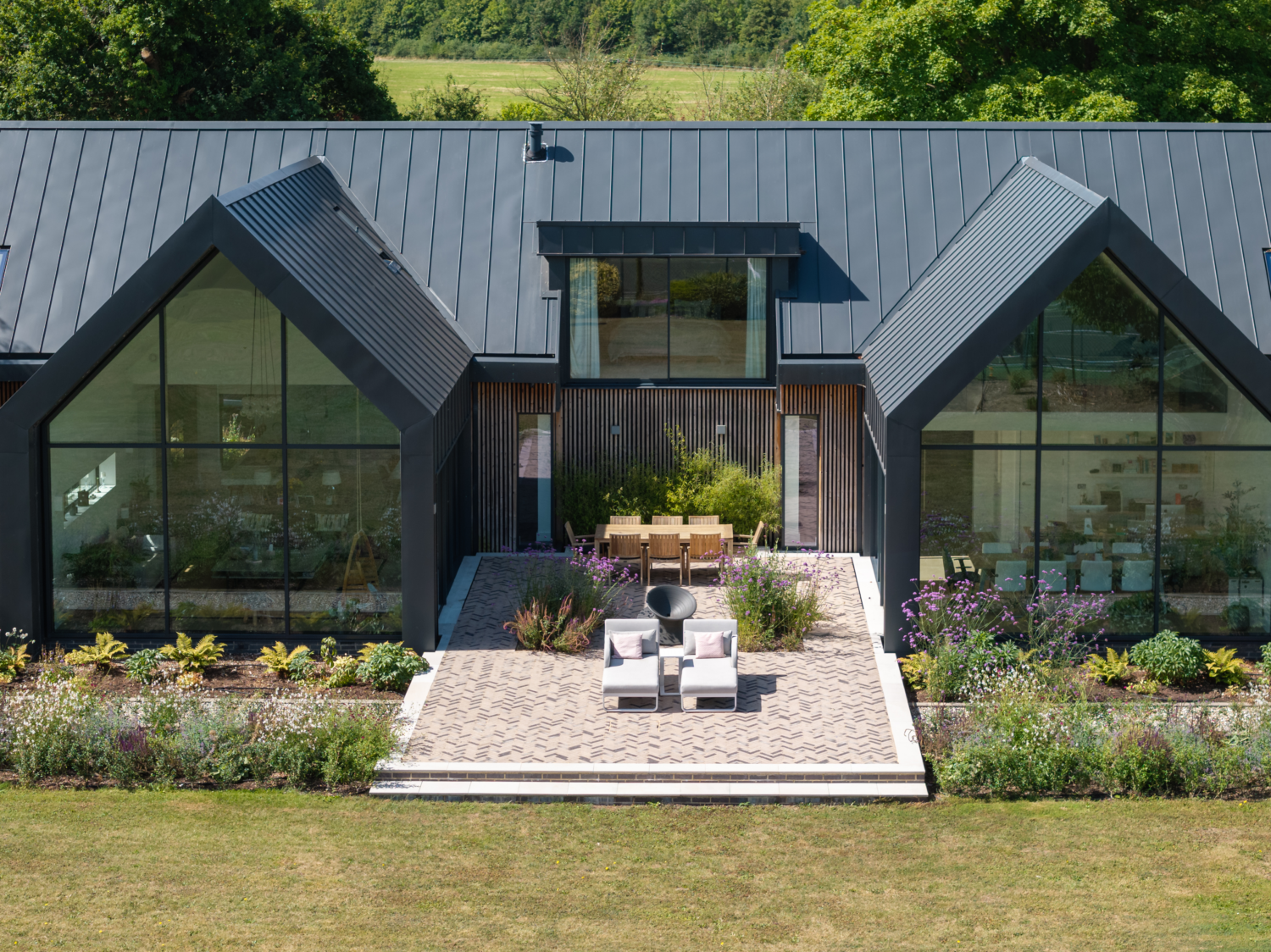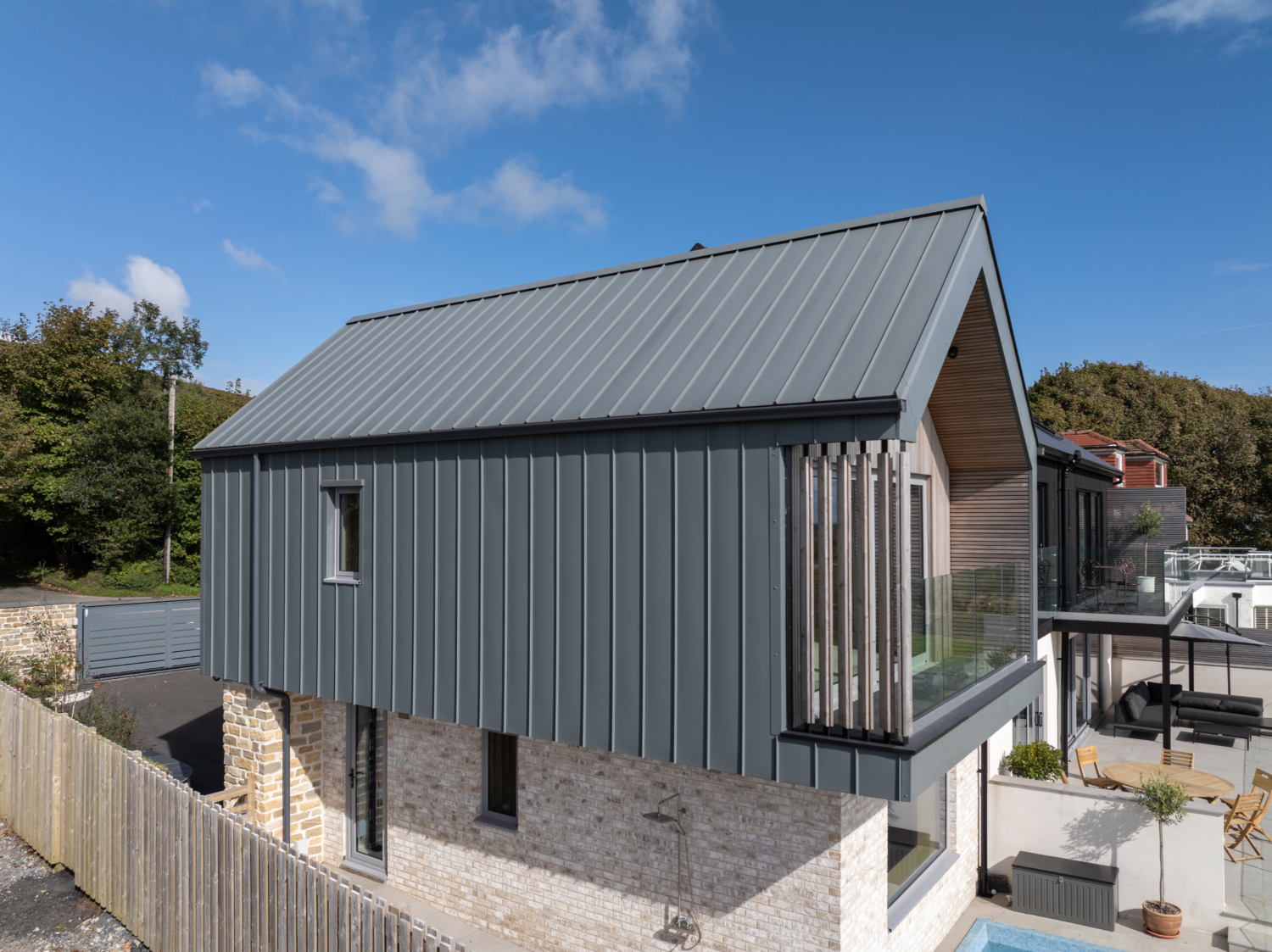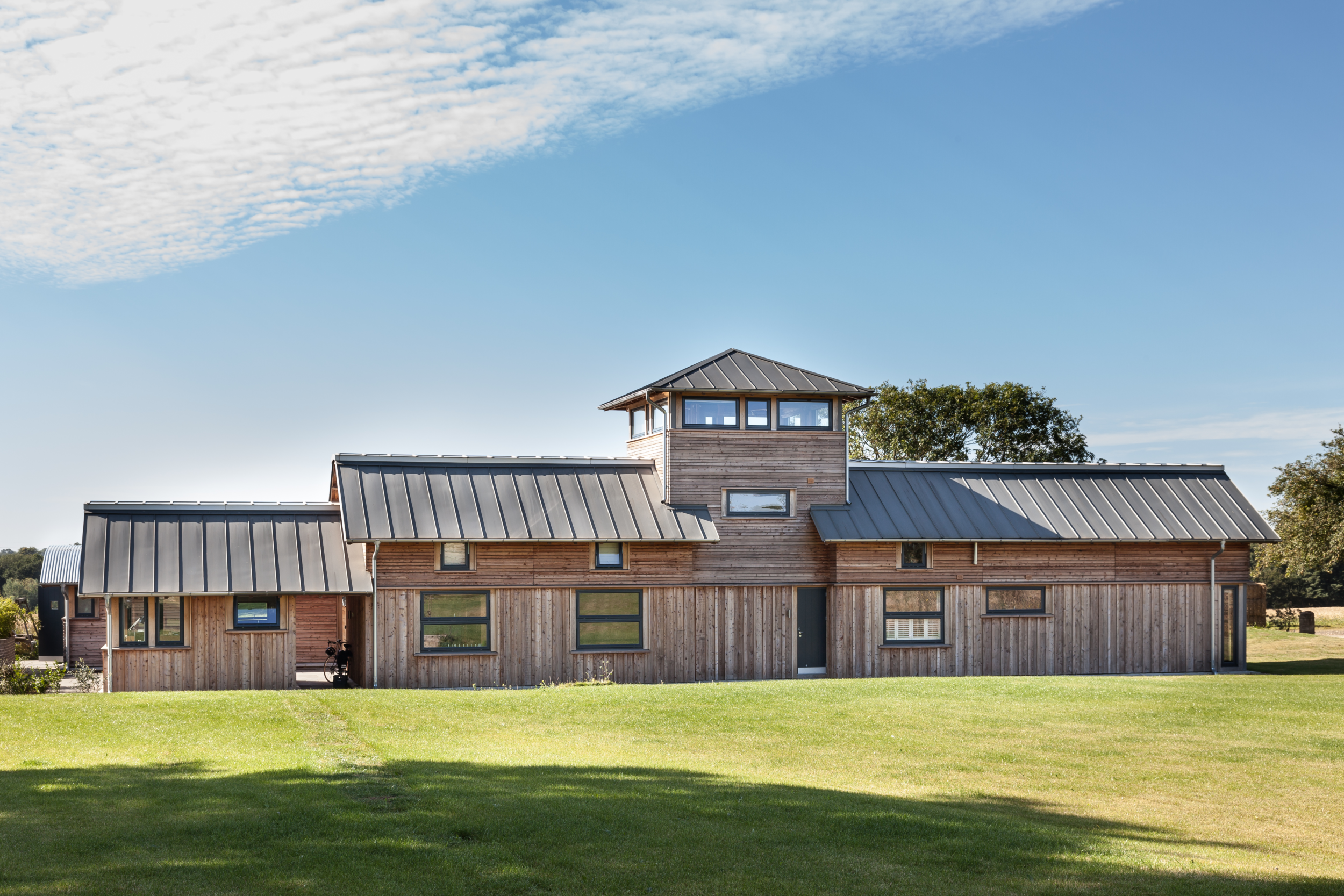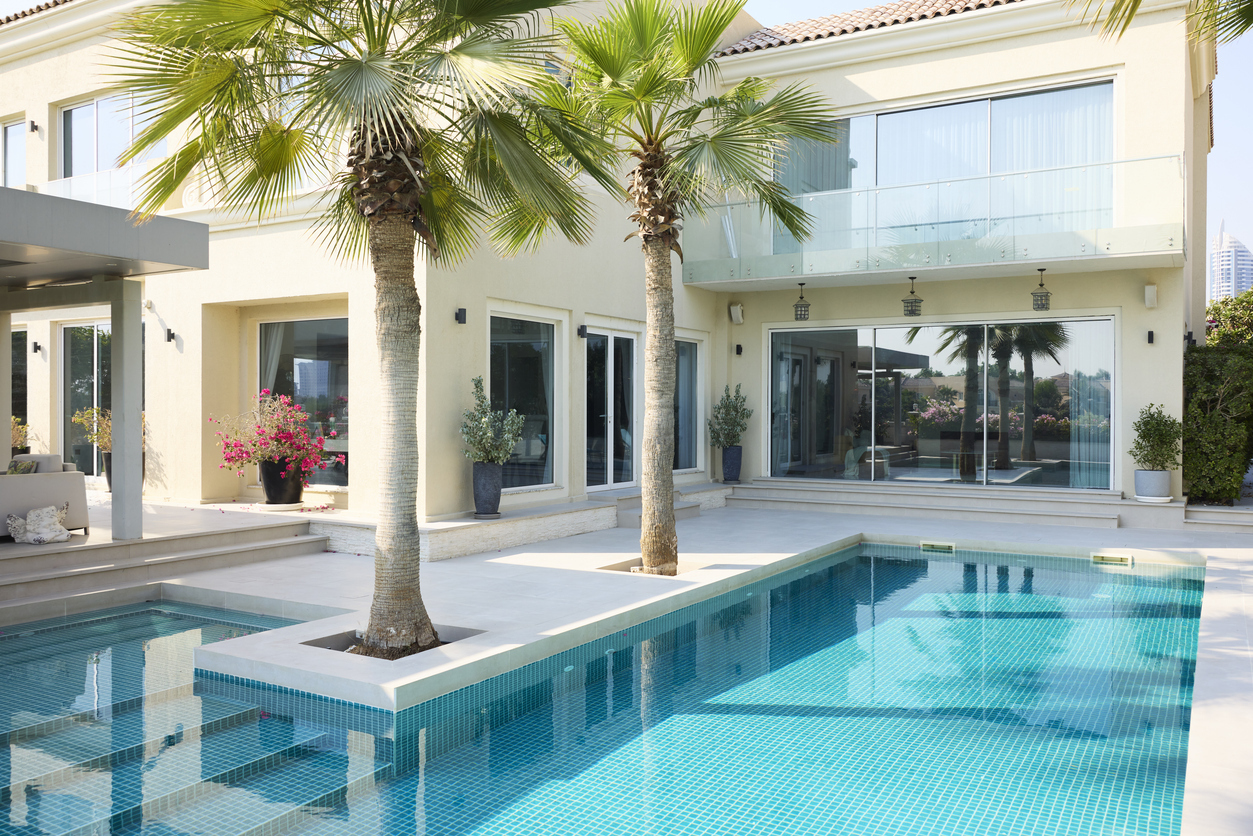⏱️ ~ 5 min read
Standing seam metal roofing is growing in popularity across the UK, especially for residential properties. Among the most common metal roofing materials are zinc, aluminium, and steel, each offering distinct advantages depending on your project’s priorities. Below, we explore the pros and cons of each, including comparisons like aluminium vs steel, aluminium vs zinc, and steel vs zinc.
Zinc Roofing: Premium Performance with a Price Tag
Pros:
- Self-healing surface: Zinc develops a patina that repairs minor scratches over time.
- Low energy manufacturing: Its lower melting point reduces energy use during production.
- Malleability: Ideal for complex roof shapes and architectural detailing.
Cons:
- Cost: Zinc is the most expensive of the three, both in material and installation.
- Installation complexity: Requires specialist contractors, increasing labour costs.
- Impact vulnerability: Softer metal is more prone to damage from hail or debris.
Aluminium Roofing: Lightweight and Corrosion-Resistant
Pros:
- Natural corrosion resistance: Protective oxide layer shields against rust.
- Lightweight: Easier to handle and install, reducing site risks.
- Malleable: Suitable for curved or intricate roof designs.
Cons:
- Limited colour options: Unlike steel, aluminium coatings are less varied.
- Higher cost than steel: Though cheaper than zinc, aluminium is still a premium choice.
- Requires specialist shaping: Complex forms may need advanced fabrication.
Steel Roofing: Durable, Cost-Effective, and Versatile
Pros:
- Exceptional durability: Especially with coatings like Colorcoat HPS200 Ultra and Galvalloy®.
- Impact resistance: Withstands hail and falling debris better than zinc.
- Colour flexibility: Wide range of finishes to suit any aesthetic.
- Cost-effective: Most affordable option, with fast installation and minimal waste.
- Sustainability: 100% recyclable with zero degradation; Catnic® Urban meets BES 6001 and BRE A+ standards.
Cons:
- Less malleable: Not ideal for highly complex shapes without specialist tooling.
- Requires coating for corrosion resistance: Bare steel is vulnerable without protection.

Head-to-Head Comparisons
Comparison |
Winner |
Why |
Aluminium vs Steel |
Steel |
More cost-effective, broader colour range, easier installation |
Aluminium vs Zinc |
Aluminium |
Lower cost, easier to install, better impact resistance |
Steel vs Zinc |
Steel |
Stronger, cheaper, more colour options |
Installation Practicalities: Time, Cost, and Contractor Requirements
Installing a metal roof isn’t just about choosing the right material, it’s also about understanding what’s involved on site. Zinc and Aluminium, while architecturally appealing, demands specialist contractors and bespoke fabrication, which can extend project timelines and increase costs.
By contrast, Catnic® Urban steel standing seam panels offer a streamlined, installer-friendly alternative. Each panel is made to measure and precisely edge-profiled for straightforward installation. At seven times lighter than traditional roof tiles, they’re easier to handle, safer to lift, and quicker to fit, reducing time on site and risk at height.
Importantly, Urban panels can be installed by trained general roofing contractors without the need for specialist skills. To support this, we offer dedicated one-day Urban training sessions, equipping installers with the knowledge and confidence to deliver safe, efficient results.
For guidance on roof dimensions and pitch, see our article: Considerations when measuring for a standing seam roof.

Sustainability and Lifecycle
All three materials offer long-term sustainability benefits — but the nature of those benefits varies.
- Zinc is celebrated for its low-energy production due to its lower melting point, which reduces energy consumption during manufacturing. It’s also 100% recyclable without loss of quality, meaning zinc roofing can be reused decades later rather than ending up in landfill.
- Aluminium stands out for its circular economy credentials. Around 75% of all aluminium ever produced is still in use today, thanks to its ability to be recycled indefinitely without degrading. In the UK, aluminium recycling is well-established, with both pre- and post-consumer scrap contributing to new products.
- Steel, especially when used in Catnic® Urban panels, offers zero-degradation recyclability and is manufactured in line with BES 6001 Responsible Sourcing standards. It also carries a BRE Green Guide A+ rating, making it a standout choice for cradle-to-cradle sustainability.
For more on steel’s environmental credentials, see Steel and the 4 R’s.
Final Thoughts
Choosing between zinc, aluminium, and steel depends on your budget, design complexity, and sustainability goals. For most residential projects, steel offers the best balance of performance, cost, and aesthetic flexibility, especially when using Catnic® Urban panels.
More
-
![Coastal property in middle east housing complex, with external render finish]()
- Plaster Bead & Mesh
- Guide
A Specifier’s Guide to Choosing the Right Plasterers’ Beads for Hot, Humid and Coastal Environments
-
![]()
- Plaster Bead & Mesh
- Guide
How to Fix an Angle Bead to Plasterboard


